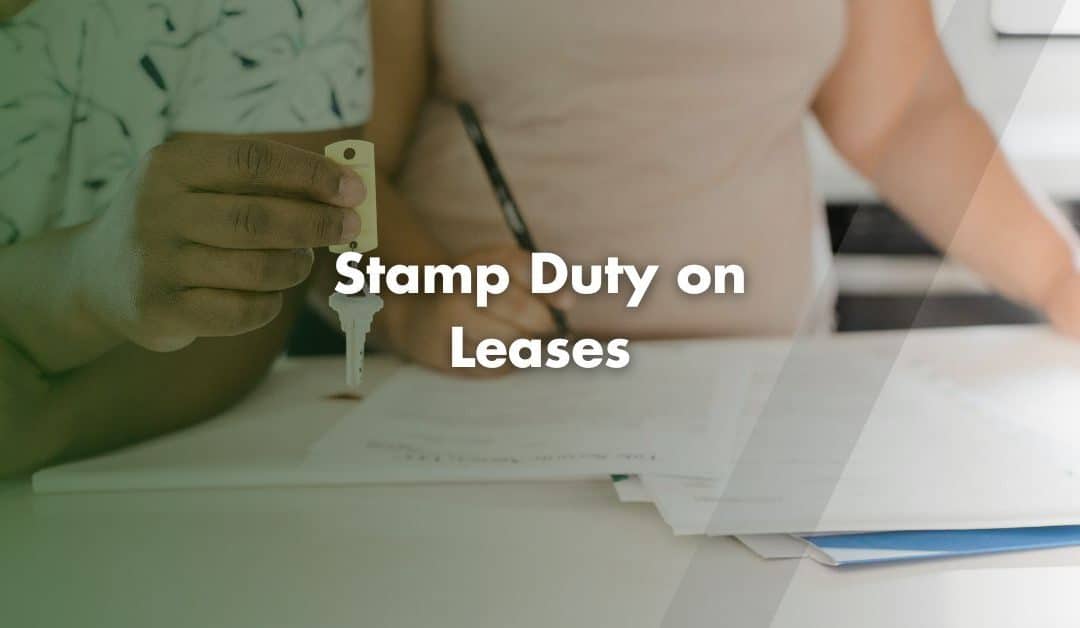Stamp Duty Land Tax is a tax you may need to pay when taking on leases in the UK. It can be a major expense, particularly for longer commercial leases or higher-value properties.
What Stamp Duty Covers
Stamp Duty applies to two elements of a lease:
- The Premium (the lump sum paid to secure the lease)
- The Rent (the regular amount paid for using the property)
You may owe Stamp Duty on one or both elements. Buying an existing lease, also known as an Assignment, triggers Stamp Duty on the price you pay. Taking on a new lease may require Stamp Duty on both the premium and the rent.
Stamp Duty on Assigned Leases
When buying an existing, you calculate Stamp Duty in the same way as for a freehold property. You pay Stamp Duty on the price of the lease using the same thresholds that apply to freehold properties.
If the price is £40,000 or more, you must complete and file a Stamp Duty Land Tax return, even if no tax is due. Filing ensures HMRC has a record of the transaction and prevents future issues.
Stamp Duty on New Leases
New leases require you to consider two calculations
- Stamp Duty on the Premium
- Stamp Duty on the Rent (if it is more than a token amount)
For nominal rent, such as peppercorn rents, you calculate Stamp Duty only on the premium. When the rent is higher, you must also calculate Stamp Duty on the rent using its Net Present Value (NPV). The NPV represents the total rent over the term of the lease, expressed in today’s money. HMRC’s online calculator makes this easier.
Residential vs Non-Residential Leases
Different rates apply depending on the property type:
1. Residential Leases
Stamp Duty on the premium follows residential property rules. You pay 1% Stamp Duty on any rent NPV above £125,000.
However, if you buy six residential properties in one transaction, they count as non-residential for Stamp Duty purposes.
2. Non-Residential Leases
Stamp Duty on the premium is:
- 0% up to £150,000
- 2% from £150,001 to £250,000
- 5% above £250,000
Stamp Duty on the rent is 1% of the NPV between £150,001 and £5 million, and 2% on the portion above £5 million.
Payment and Filing
You must pay Stamp Duty Land Tax within 14 days of the lease’s effective date. This is usually the completion date or the day you take possession. Missing the deadline leads to penalties and interest.
Even when no Stamp Duty is due, you may still need to submit a return for leases of seven years or more where the price is £40,000 or higher, and/or where the annual rent is £1,000 or more.
However, you will not pay Stamp Duty if:
- The premium is under £40,000 and annual rent is below £1,000
- The lease is under 7 years and no Stamp Duty is due on rent or premium
- The property is transferred without payment or as part of a divorce or civil partnership dissolution
Mistakes often happen when tenants ignore the rent element or assume they do not need to submit a return. Errors can also arise during rent reviews or lease extensions that change the rent amount.
Contact Us
We are not just accountants; we are Chartered Accountants with one of the most reputable and premium accounting bodies. We are registered and regulated by ACCA; so you can rest assured that you are in good hands. Knowing this, don’t hesitate to get in touch with us if you require assistance: Pi Accountancy | Contact Us
This article is for general informational purposes only and does not constitute legal or financial advice. While we aim to keep our content up to date and accurate, UK tax laws and regulations are subject to change. Please speak to an accountant or tax professional for advice tailored to your individual circumstances. Pi Accountancy accepts no responsibility for any issues arising from reliance on the information provided.

